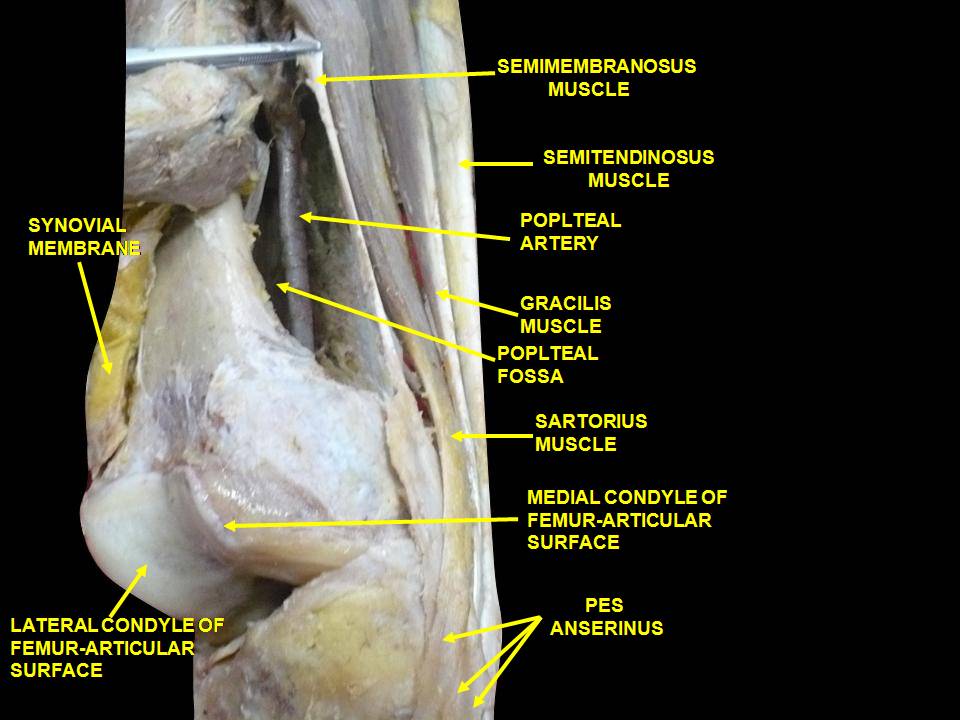"It is not about your test, it is what your client displays in your test that matters. They will try to find a way. The load has to go somewhere, and they will find a place to put it, they always do. Finding out how your client cheats, compensates, recruits and fails is the value of the assessment."
This is just a small example of how I approach a client through small assessment window.
As best as I am able, knowing the absolute limitations of a supine examinations translation to vertical loading, I will approach a client's ability to stabilize in all 3 planes of movement. Today, i will micro-dissect a thought process.
The straight leg resistance test (SLR):
just a few incomplete thoughts on a SAGITTAL perspective (so as to avoid writing a book).
I will do it looking at **pelvis posture (anterior, posterior, oblique), lumbar spine posture (incr/decr lordosis), if they can keep their knee locked in a position, does the pelvis rotate, do they want to deviate into internal or external rotation at the hip, do they plantar or dorsiflex their ankle or toes. Lots to see here in how a client will recruit, and this is just a small snapshot of things they might do. Yes, head position, arm position were left out , again, to avoid a longer post today.
I will add consistent (as best as possible) resistance in the SLR test , with full locked knee, at hip 30, 45 and then full straight leg SLR (at the client's hamstring tension limit), then again at 45 degree knee lock with partial hip flexion, 90 degree hip and knee. I am changing loading vectors frequently to see if their is a directional loading failure. I am looking for their ability to provide ample resistance, and how they might cheat (see above).
But here is how my mind works through the test on the most basic level, which will give me insight on the above cheats** the client may employ.
* In the MOST SIMPLEST thought of the assessment, can they EFFECTIVELY stabilize the pelvis to the lumbar spine, can they stabilize the femur into the pelvis, can they stabilize the tibia onto the femur? It is how they choose to engage the system that matters, and that might be partly why their "Screen" shows up shoddy and may be a window into their pain.
The question is, if they fail, where are they failing and what tissues are overburdened or over protecting ? Where is the load, and where NOT is the load, going ?
"It is not about your test, it is what your client displays in your test that matters. They will try to find a way. The load has to go somewhere, and they will find a place to put it, they always do. Finding out how your client cheats, compensates, recruits and fails is the value of the assessment. This is how you need to be thinking when you perform many of the mostly useless orthopedic tests in the textbooks.
This is key,
a SLR screen will not show you any of this, it will just show you their range of motion, nothing more, not how they did it, what parts worked harder than other parts, and which parts are weak, injured or inhibited, for example. It is not what a client does, it is how they go about it that has the most value to you in helping them.
Today's article below is what spurred my rant today. It gives light that most already know, that everything is connected. And perhaps we can translate it into deeper thoughts for our clients, namely, what part is not doing its job, and where are they not connecting the parts, and where are they putting the loads ?
From the Ema study:
"Our findings indicate that hip flexion training results in substantial neuromuscular adaptations during knee extensions similar to those induced by knee extension training."-Ema et al.
We need a stable and strong core-spine-pelvis connection to display powerful knee extension, and, we need a stable and strong femur-pelvis connection as well. So, where is your client doing more or less of the work, and is it related to their hip, low back or knee pain? Or are they tossing it into the ankle perhaps? This is the beauty of the game we all play every day, if we are actually paying attention.
Now, remember my discussion last week about "adding strength to dysfunction" ? Where is your client going to put the load?, the answer, where they can/able. And that doesn't exactly mean where they should be putting it. Mindless prescription of corrective exercises is a real problem in my opinion.
Shawn Allen, the other gait guy.
#gait, #gaitproblems, #gaitanalysis, #correctiveexercises, #running, #hipflexors, #kneeextension, #SLR, #corestrength, #thegaitguys
Scand J Med Sci Sports. 2018 Mar;28(3):947-960. doi: 10.1111/sms.13008. Epub 2017 Nov 22.
Neuromuscular adaptations induced by adjacent joint training.
Ema R1,2, Saito I3, Akagi R1,3.
























